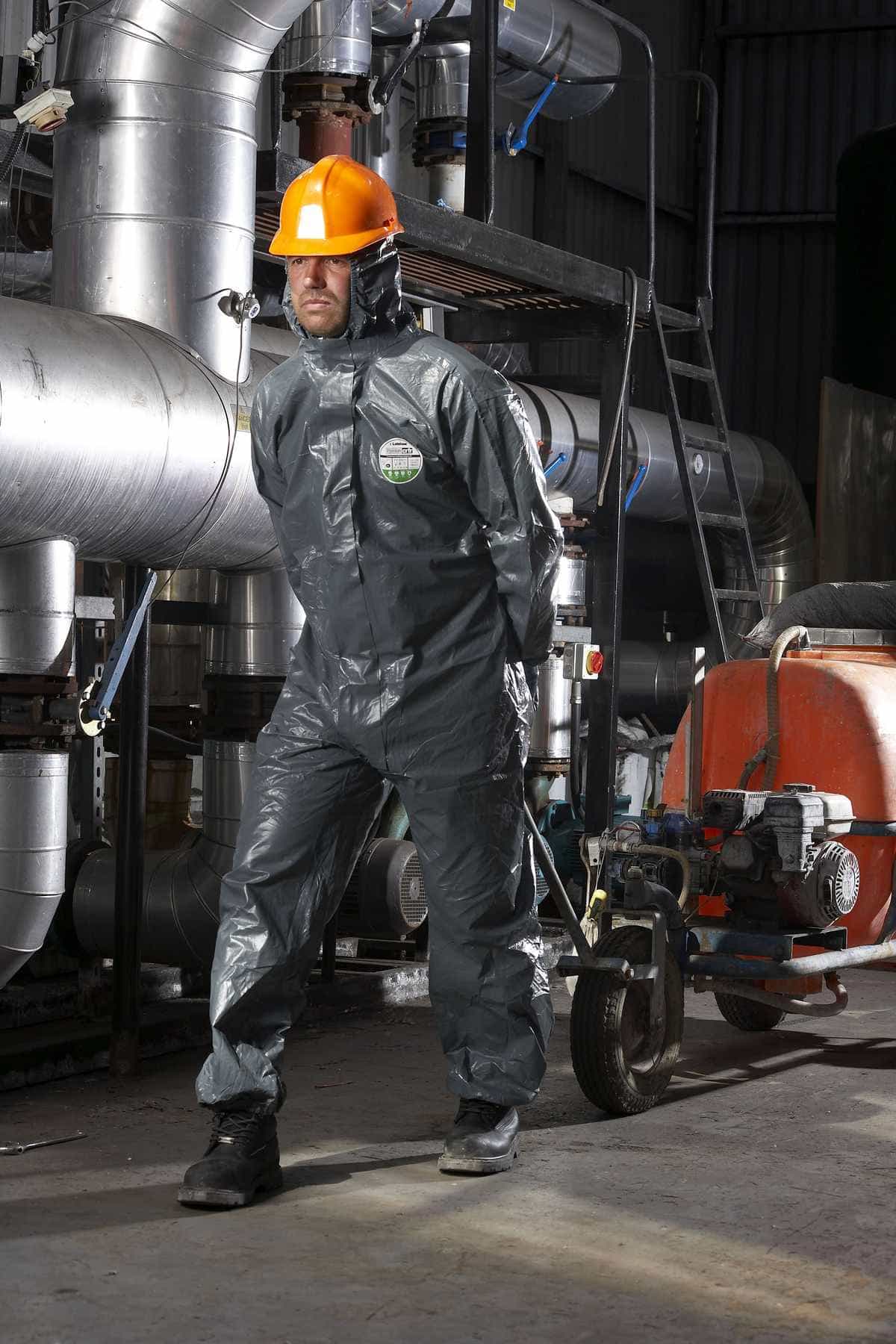Dominic Rumble, European Conformity (CE) and Technical Manager of Lakeland Europe tells us more about his role and provides PPE advice for Safety Managers on understanding the precise meaning of the standards.
What does your role involve and how long have you been working in PPE and product testing?
As the European Conformity (CE) and Technical Manager of Lakeland Europe, my role involves product testing, improvement, certification and the creation of technical documentation. I’ve worked in product certification and testing for 11 years.
Product testing is an exciting part of my role because it allows me to visit state-of-the-art laboratories around the world. I get to see first-hand how fabrics behave under certain conditions and use that knowledge to recommend improvements to fabric manufacturers and enhance the products we offer.
Then there’s the not-so-exciting part: certifying the products using the test results. This involves interpreting test results to ensure the product meets the requirements of the relevant BS/EN/ISO standards, filling in forms and liaising with Notified Bodies to apply for CE certificates.
How do you think safety standards have improved protection for workers?
Believe it or not, since the 19th century the UK has had some level of safety standards and our country’s H&S standards have become the most respected in the world.
When implemented correctly, our standards greatly reduce accidents and fatalities in the workplace. The minimum performance requirements set by these standards ensure that workers receive at least the minimum level of protection recommended by the experts who write the standards.
Why is it worth reading the standards in detail? What good advice have you found in the standards?
An overreliance on the CE marking – without knowledge of the standard its tested to – is where H&S managers can be caught out. Remember, it states nothing more than the garment’s certification to minimum performance requirements of the specific standard.
Take ISO 11612 for flame retardant clothing, for example. It contains seven tests – the first two being the Heat Resistance Test (EN 17493) and the Vertical Flammability Test (ISO 15025), and the last five are heat energy resistance tests, which are:
- Convective Heat Test (ISO 9151)
- Radiant Heat Test (ISO 6942)
- Molten Aluminum (ISO 9185)
- Molten Ion Splash Test (ISO 9185)
- Contact Heat Test (ISO 12127-1)
Of these five tests, manufacturers can choose which one their garment needs to be tested to, so manufacturers test based on the intended purpose or target application of the suit.
So, a buyer who understands ISO 11612 and has a workforce using molten metal will know to look for an ISO 11612 garment which has been tested to ISO 9185. In the same circumstance, a buyer with no knowledge, might just buy an ISO 11612 garment which has only been tested to ISO 6942 for radiant heat and have no protection against molten metal, putting the workforce at risk.
Minimum performance requirements
Standards only describe ‘minimum’ performance requirements and this is where knowledge of test standards is extremely helpful. For example, if the end-user will be cleaning chemical tanks and crawling through tight spaces the H&S manager needs to select PPE that provides adequate protection and abrasion resistance.
EN 14605 for Type 3 coveralls states a minimum requirement for abrasion is Class 1. To put that into context, Class 1 equates to just 10 rubs from a piece of sand paper before the fabric becomes compromised. If an end user is constantly scraping their knees along a tank floor, the coverall will need to withstand more than just 10 rubs from a piece of abrasive paper. For example in the new EN14325:20118, Class 5 is > 1,000 rubs.
This is why H&S managers, end-users and buyers need to look at standards carefully. Just because a coverall is CE certified doesn’t mean it’s suitable for the application. This is addressed directly in EN 14325, but easily overlooked:
‘NOTE: While these performance levels are intended to relate to the usage to which the chemical protective clothing is to be put, it is essential that the use (specifier) and the chemical protective clothing manufacturer or supplier liaise to establish the correct performance level for the intended task.
Do you have any advice for Safety Managers who have difficulties understanding the precise meaning of the standards?
My PPE advice here would be to ask your distributor or even better, ask Lakeland. Our sales managers understand testing methodology and results, the standards themselves and can also help with comparing products.
How important is it to carry out a risk assessment? Do you have any PPE advice when it comes to carrying out risk assessments?
The best risk assessments involve an industry expert, a person who is familiar with the task and a health and safety manager/expert. However, in the actual work environment, risk assessments are often carried out by just the H&S manager, providing an incomplete picture of workplace hazards and how to work safely.
How do you think the standards will evolve in the next 5-10 years?
As standards become comprehensive, there’s a greater need for H&S managers, end-users and buyers to understand them to make the right decisions. Here at Lakeland, we put a considerable amount of time into educating our distributors and end-users on what they mean and how they help make working safer.





